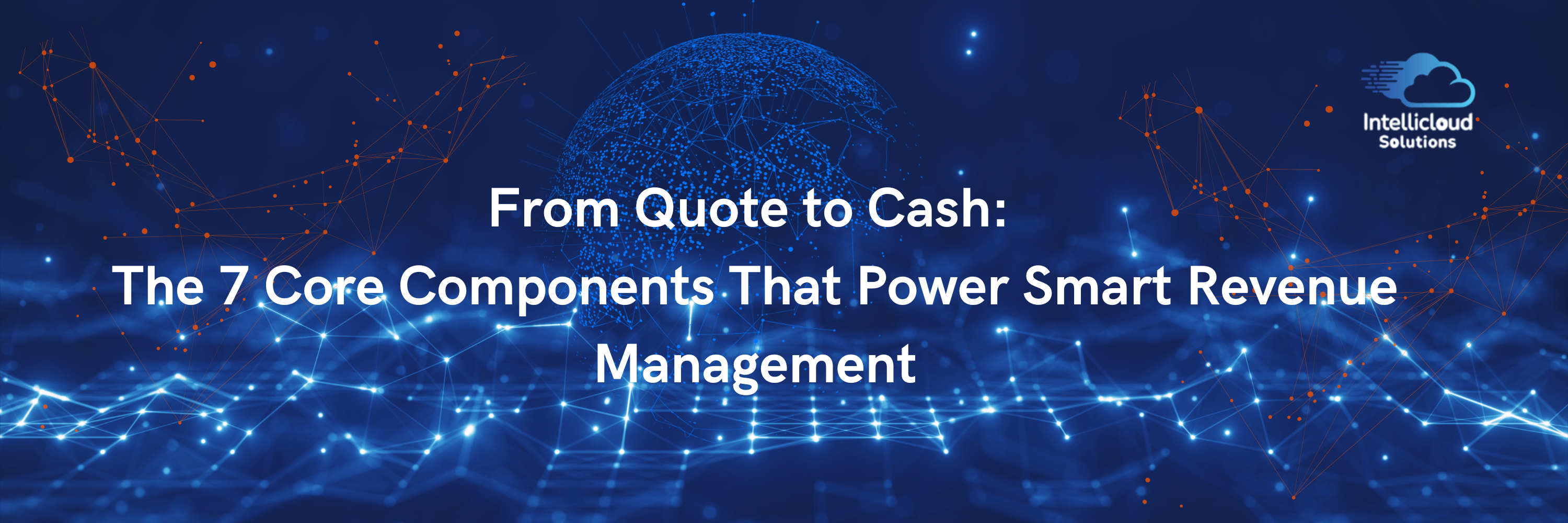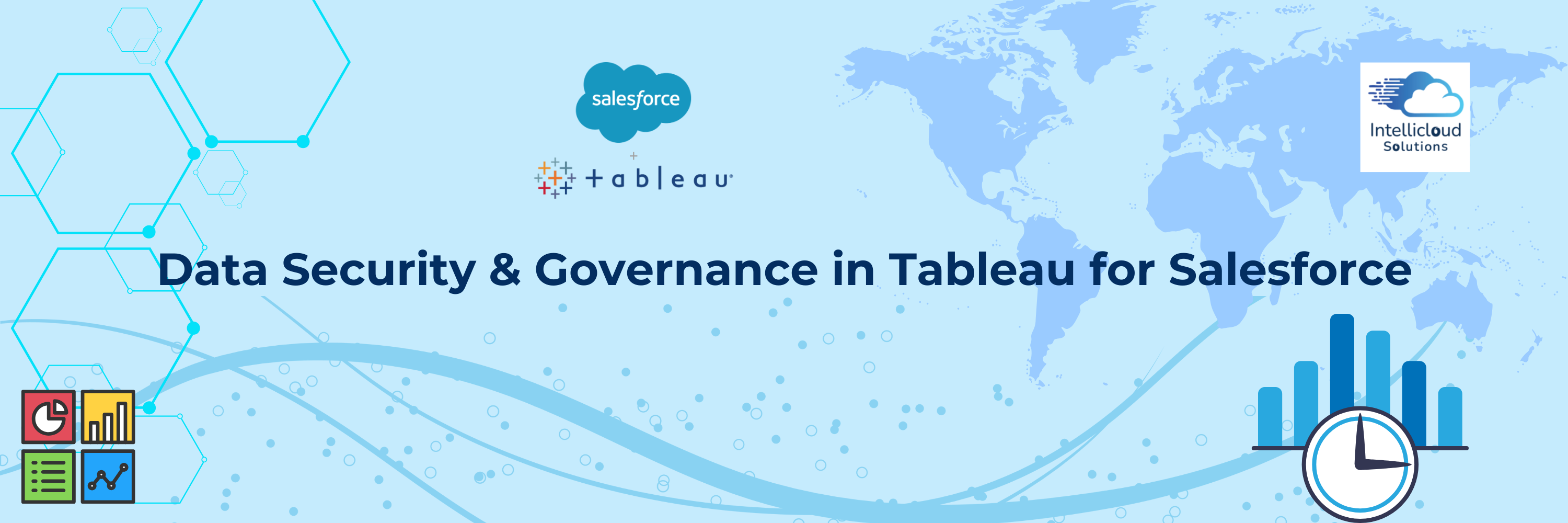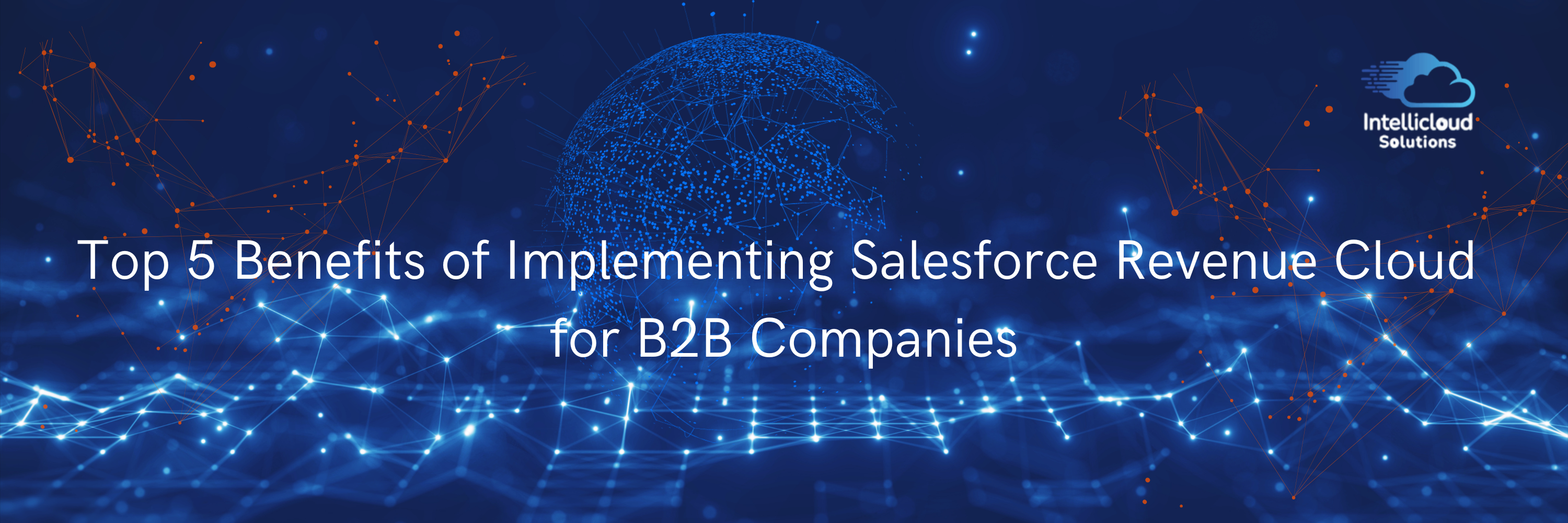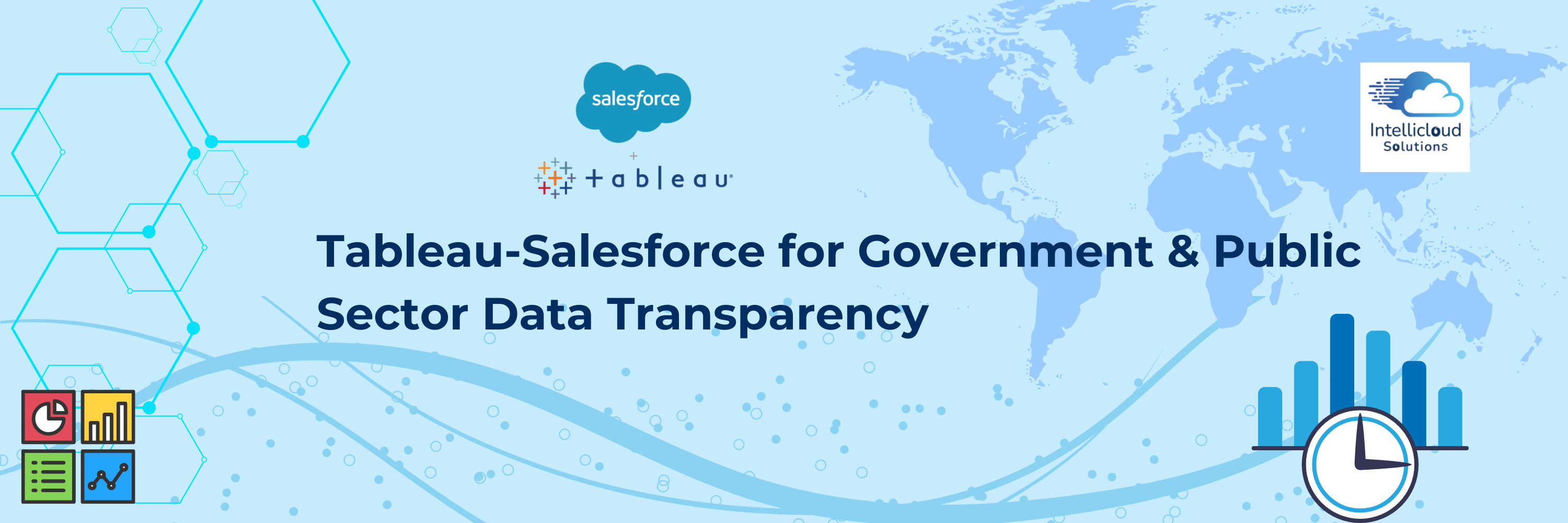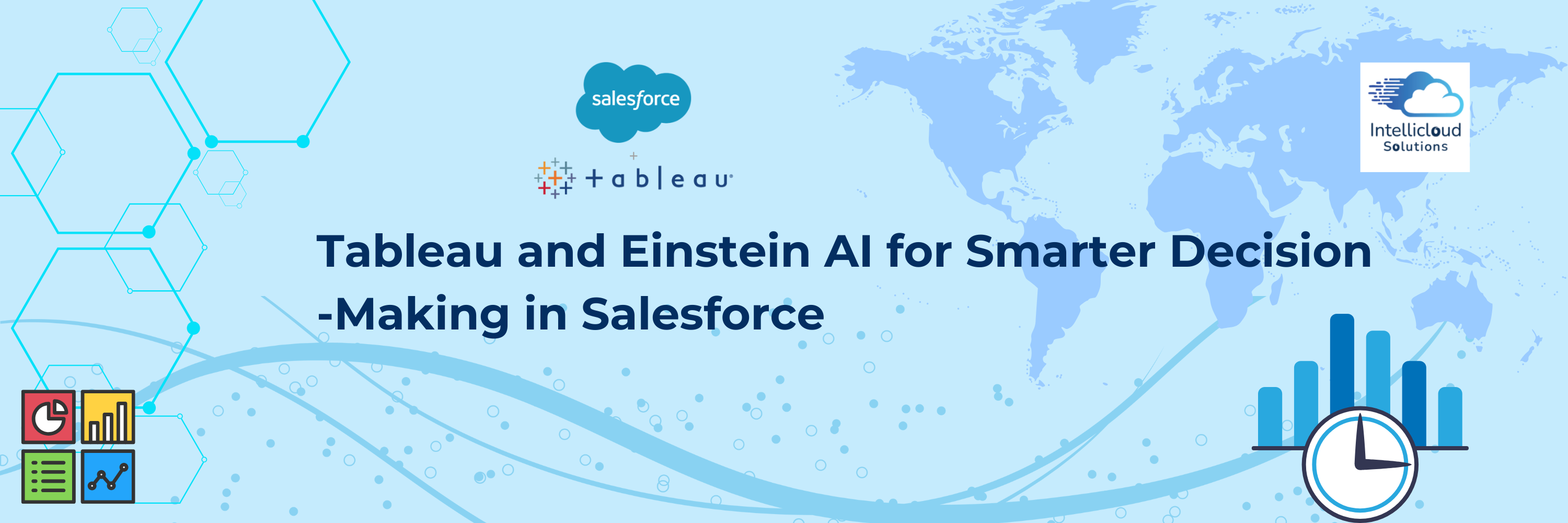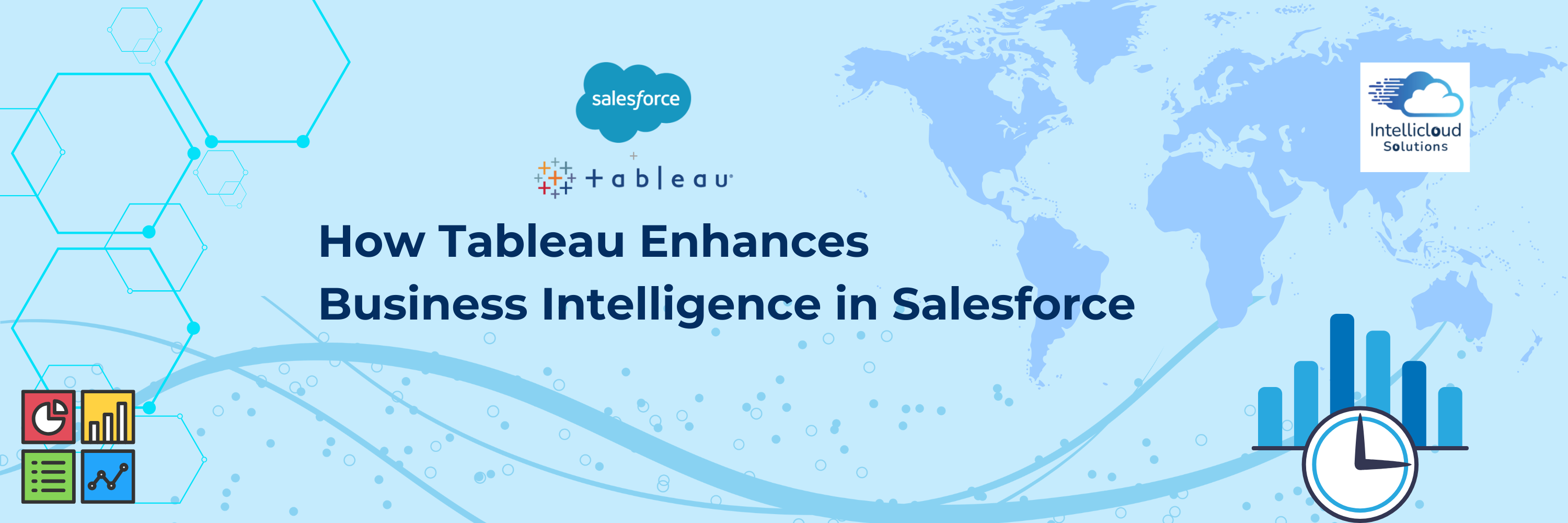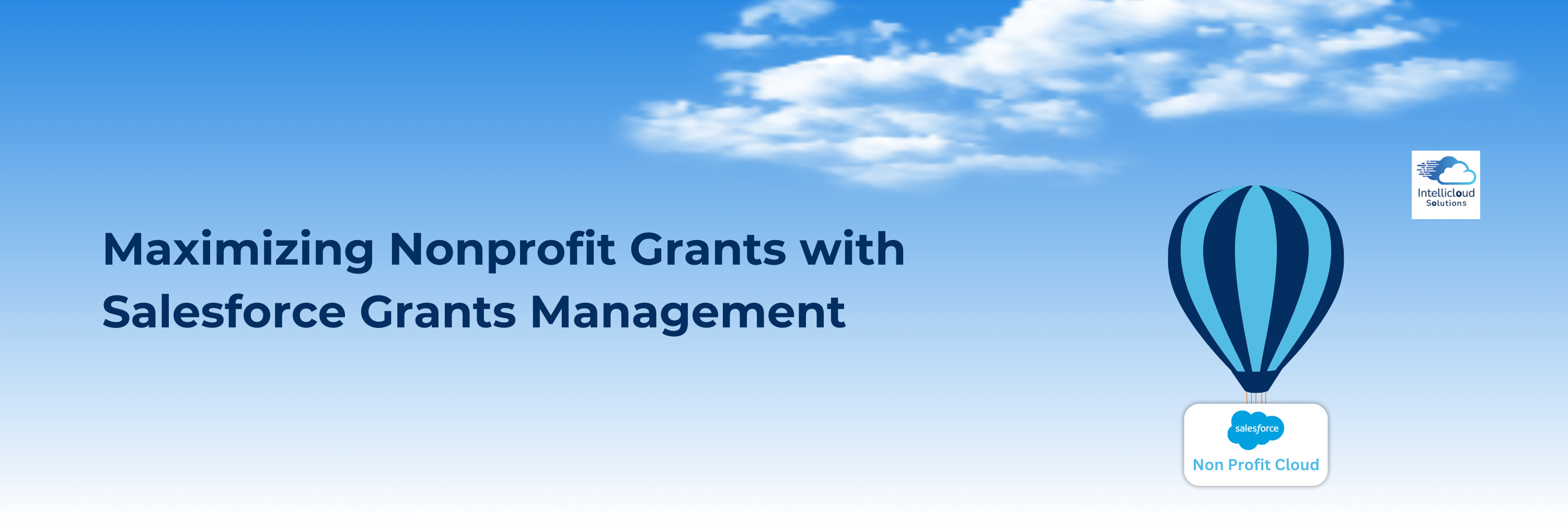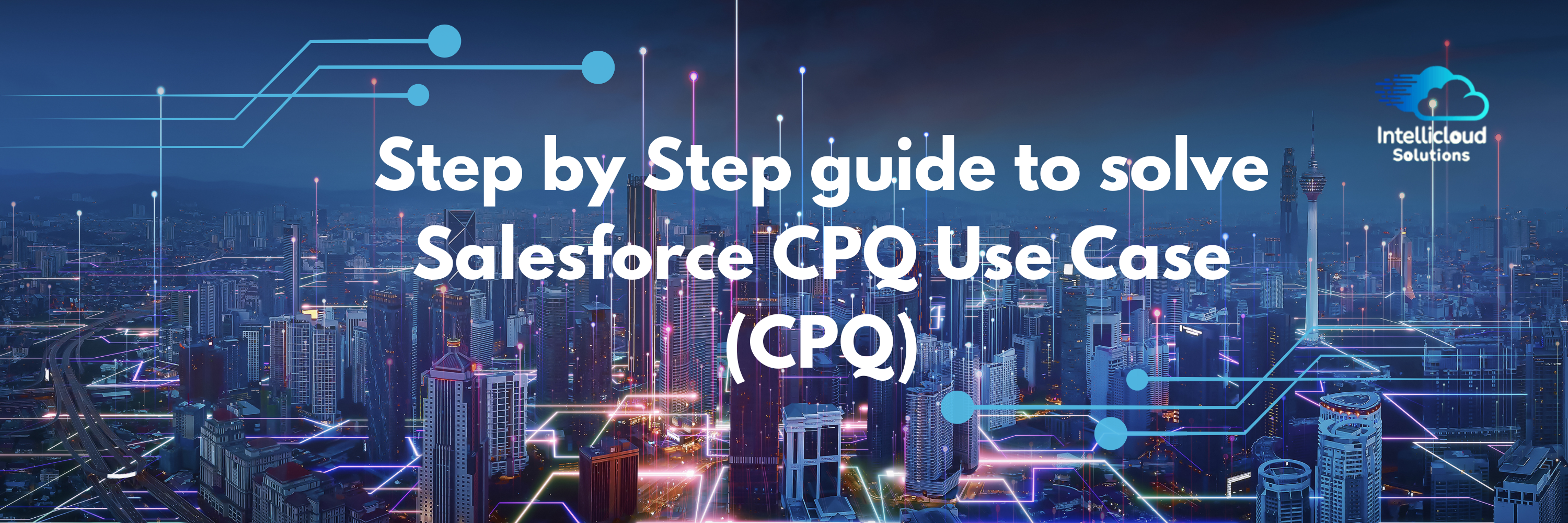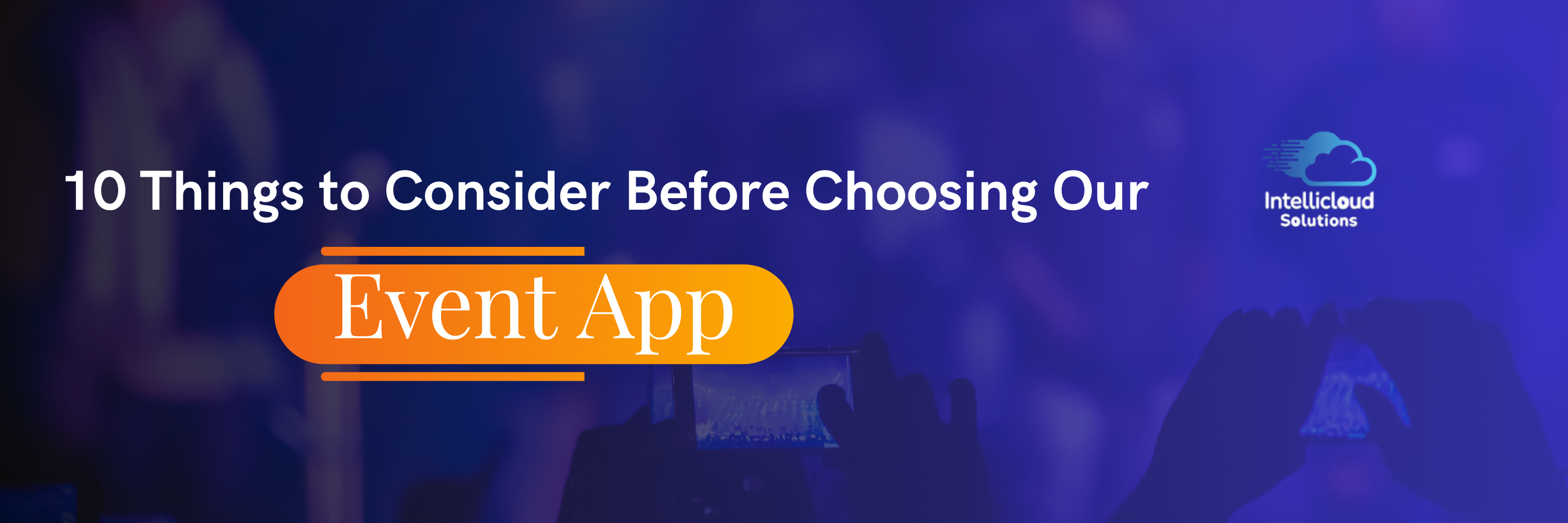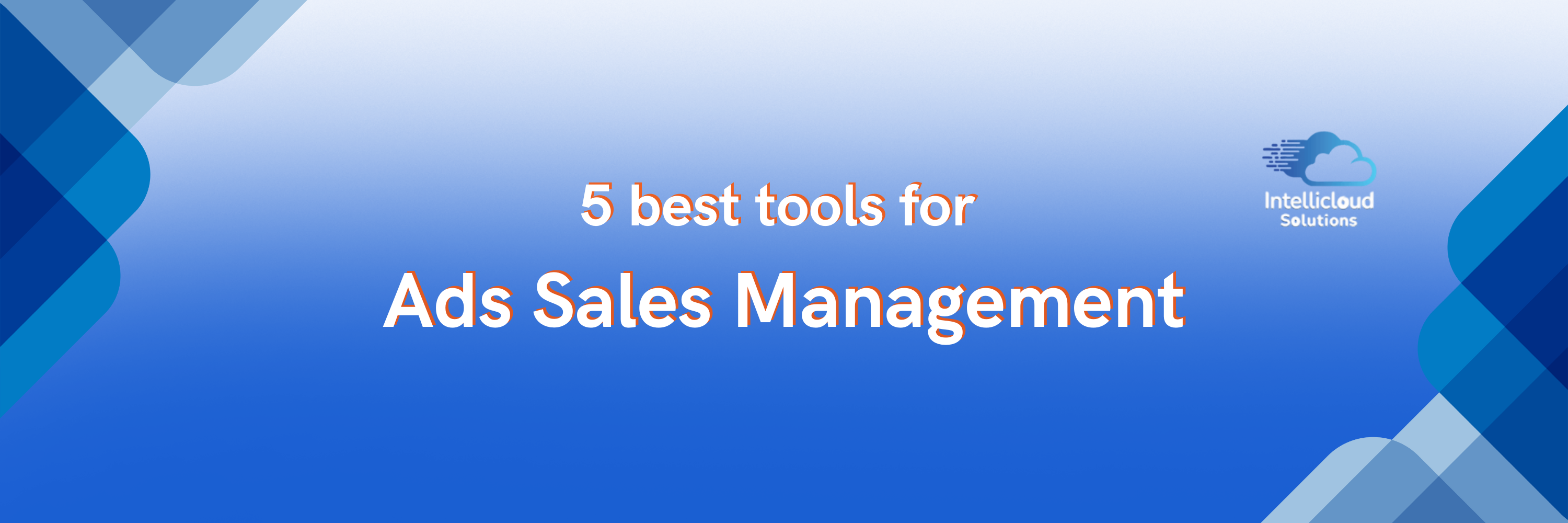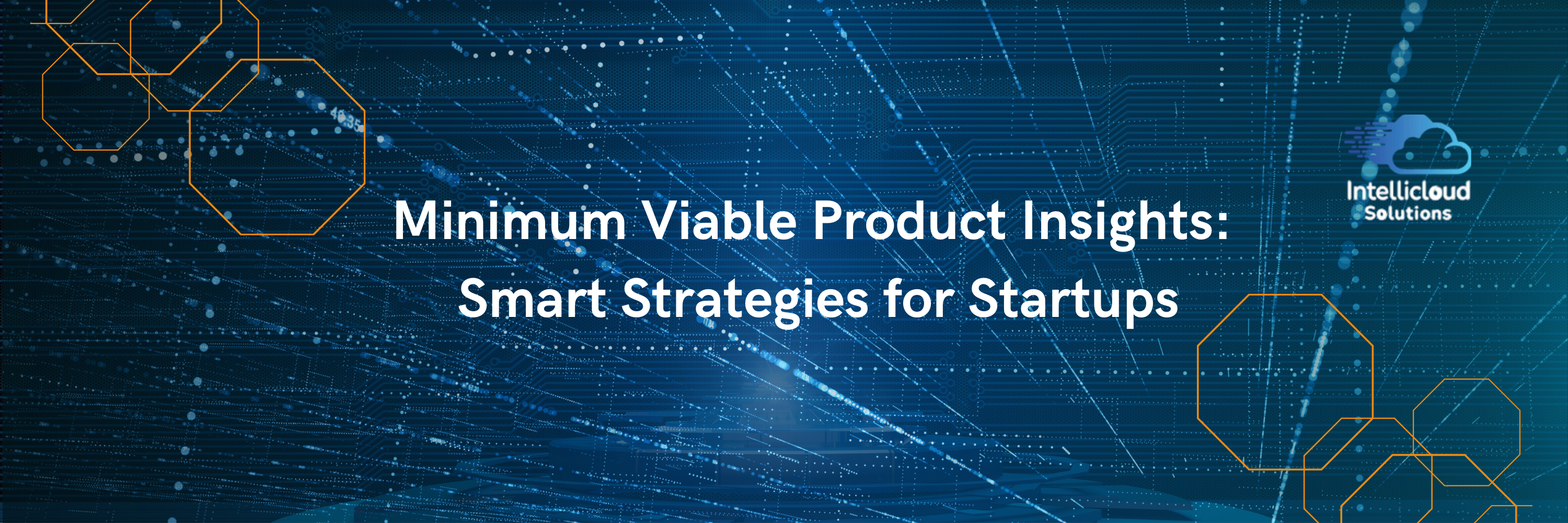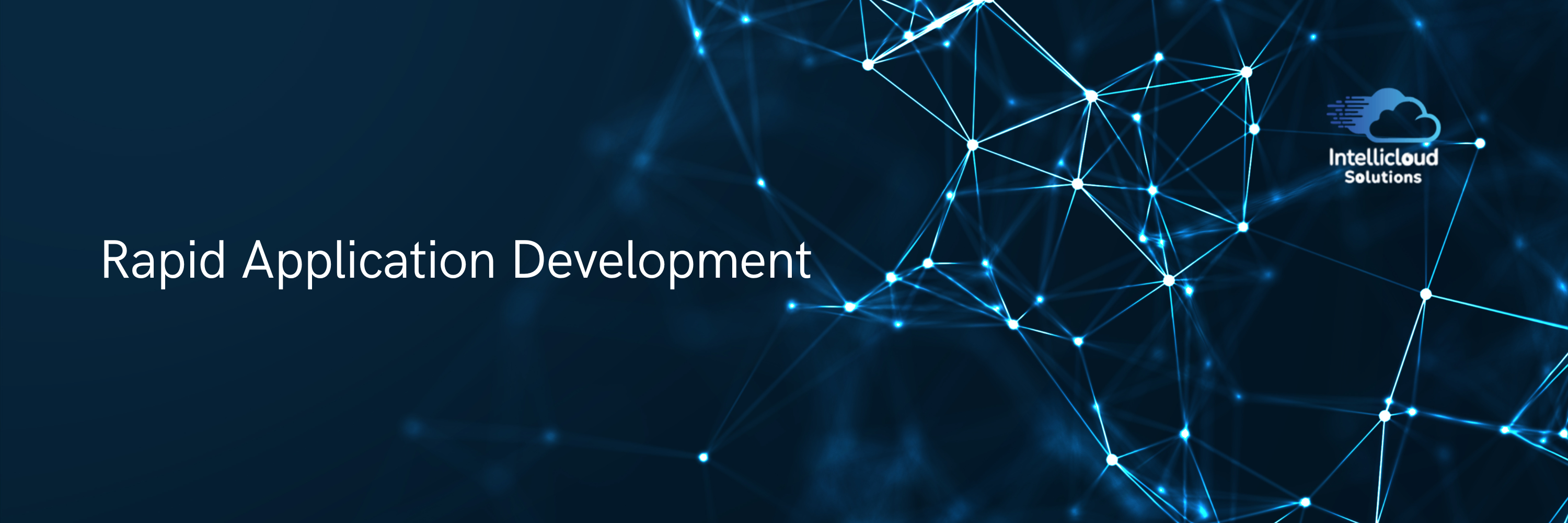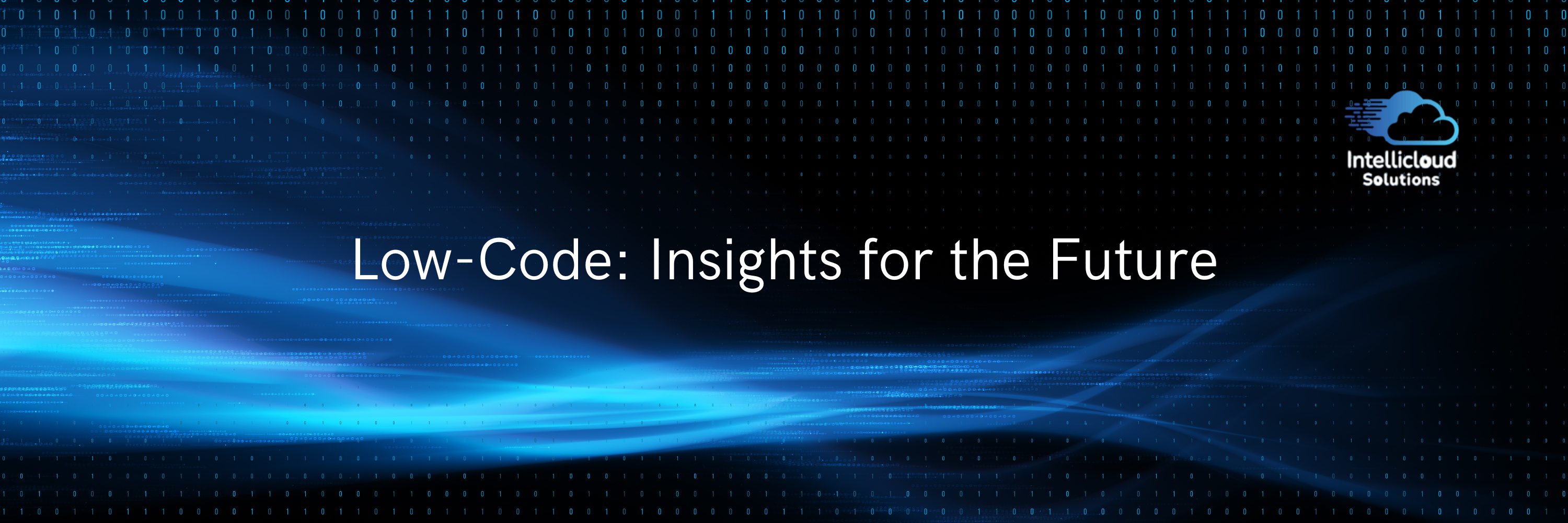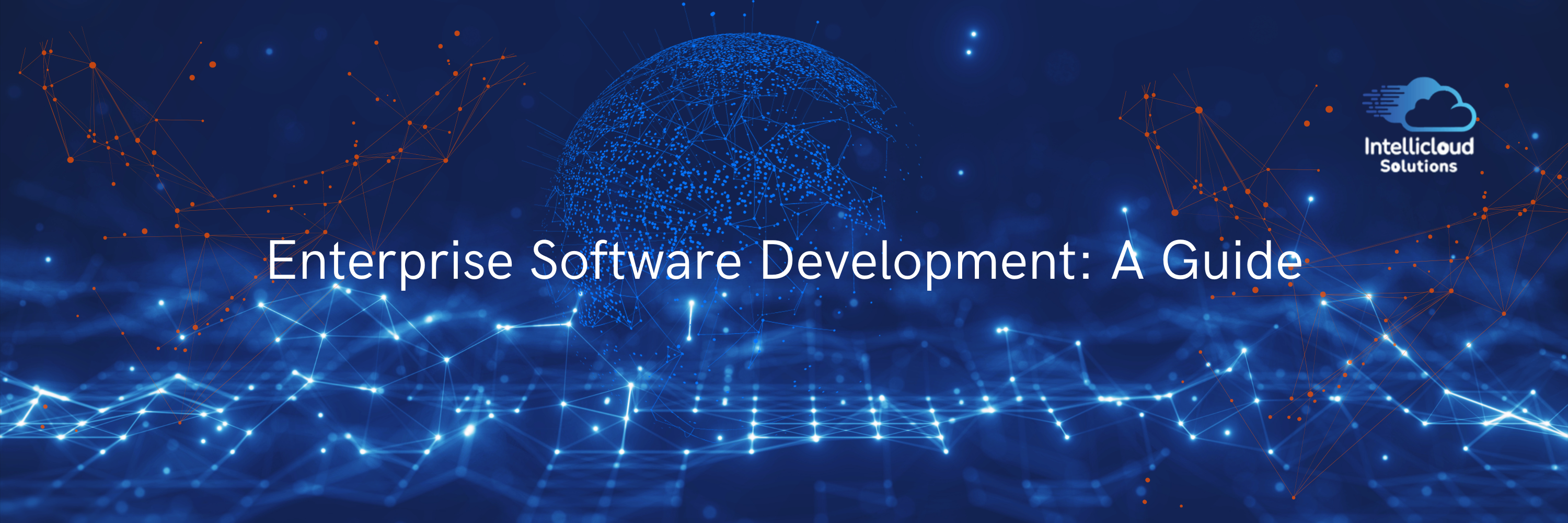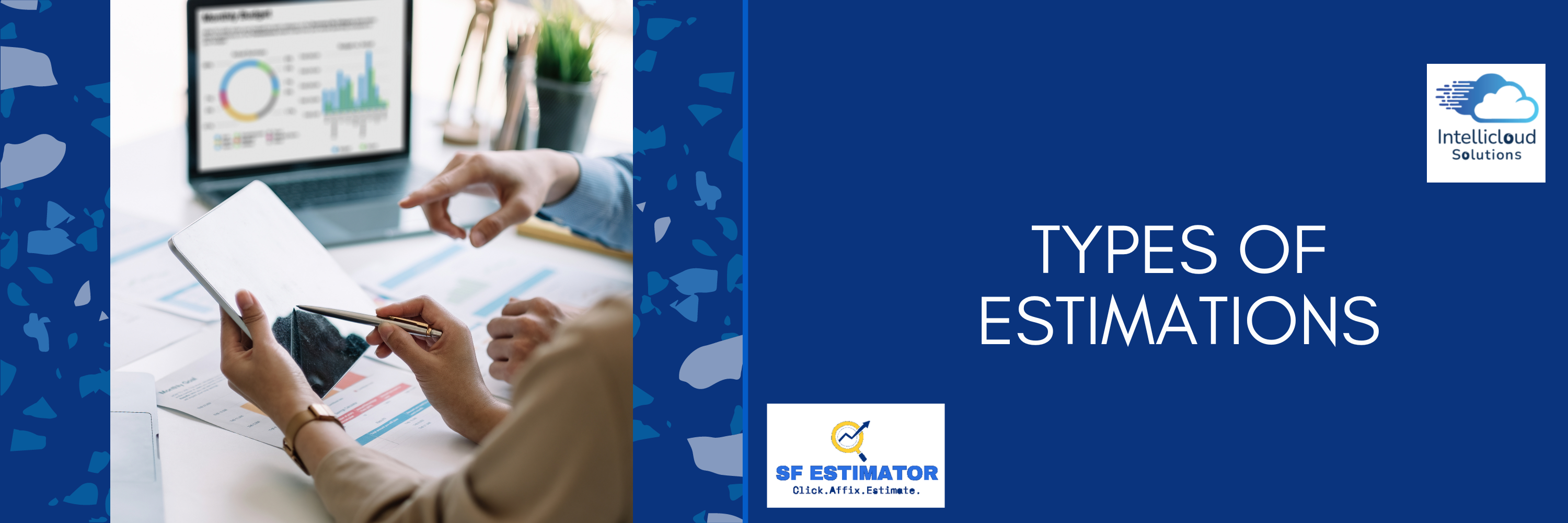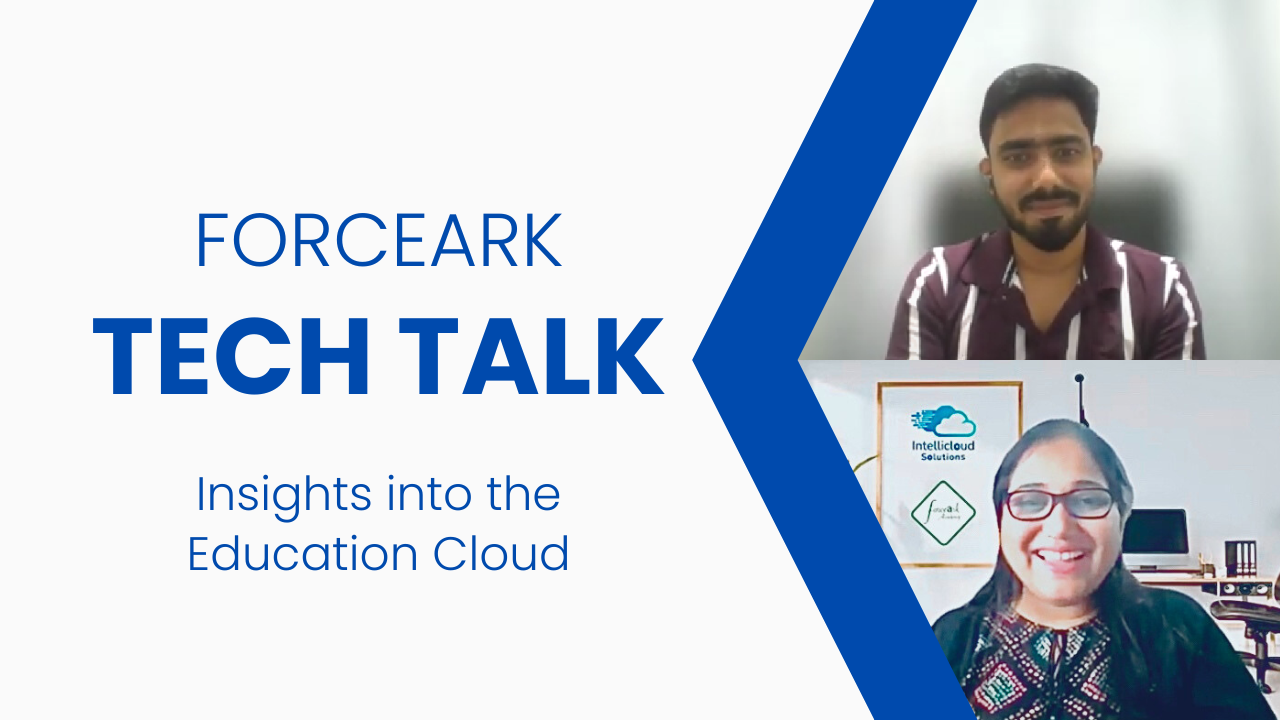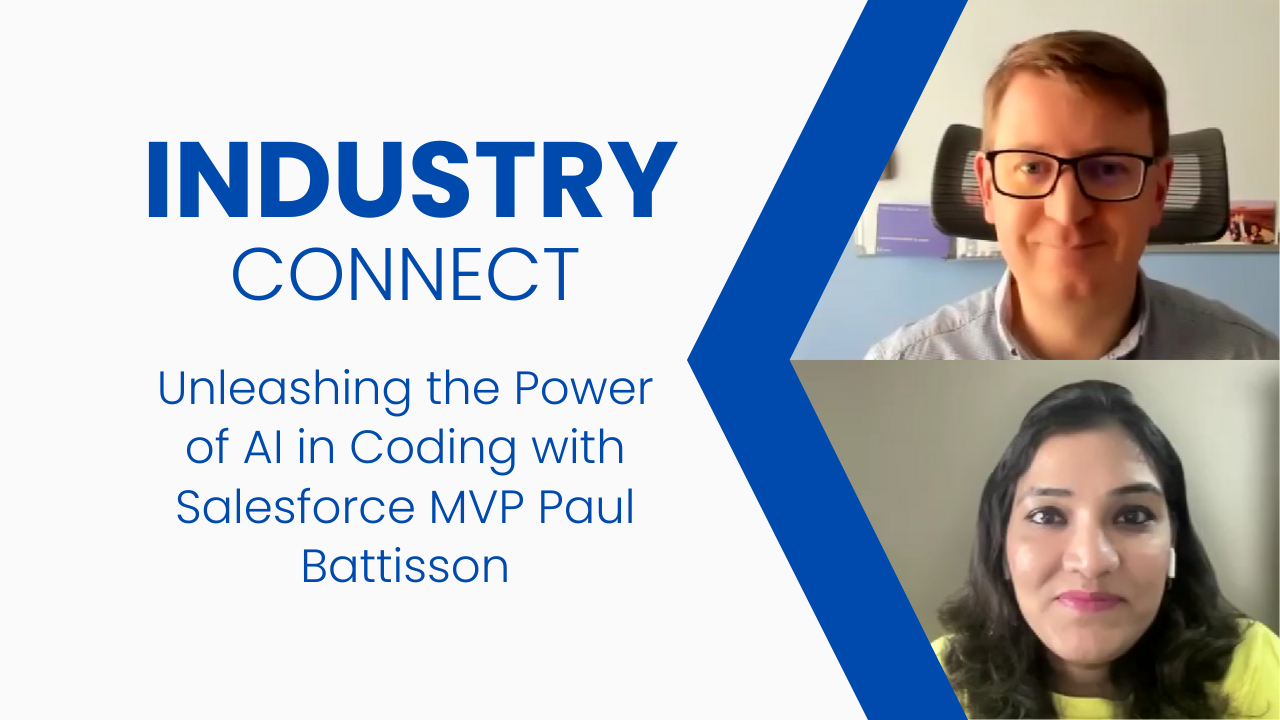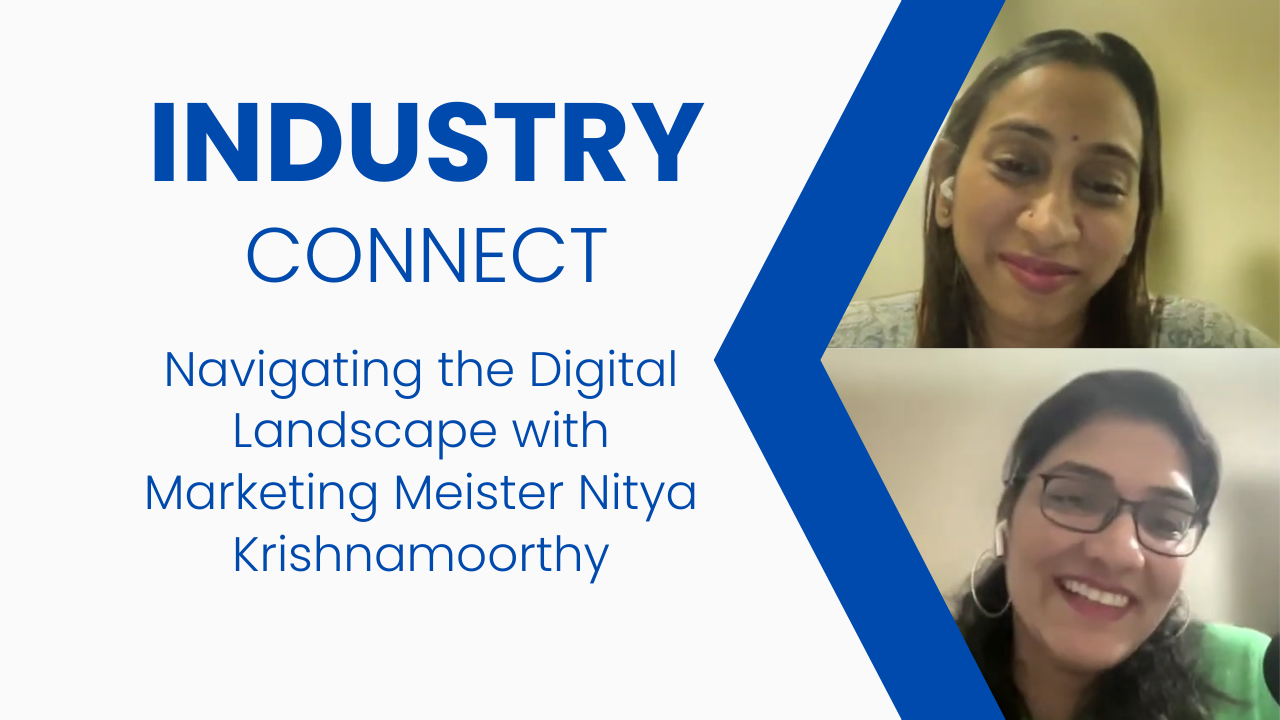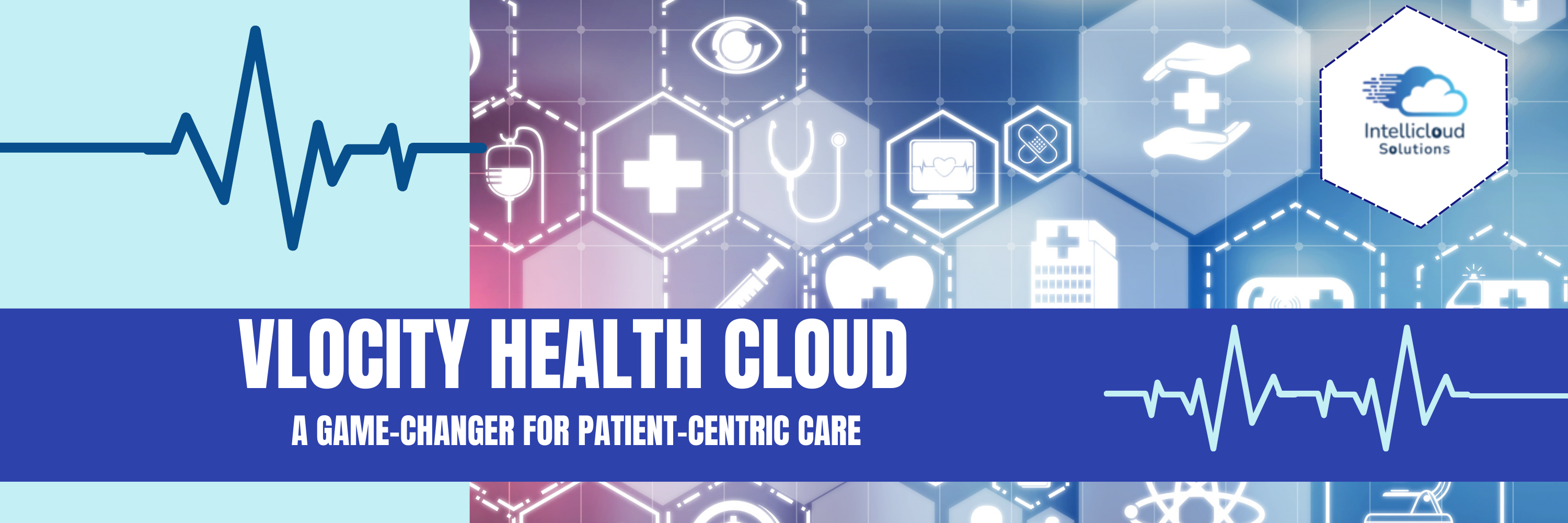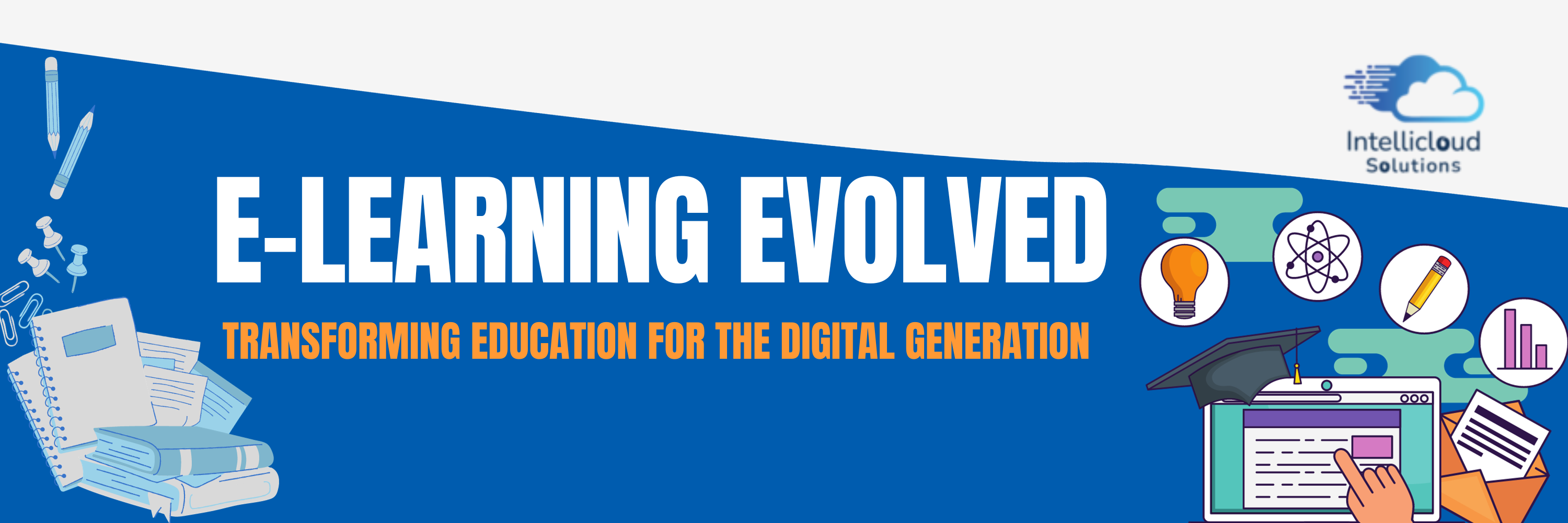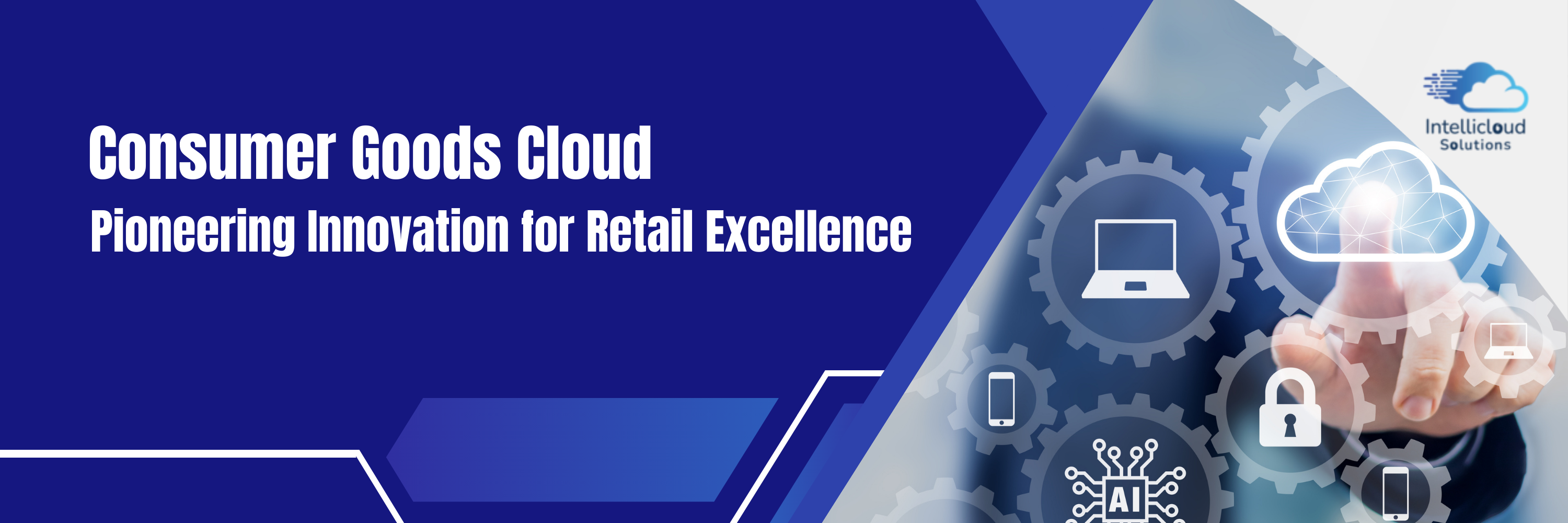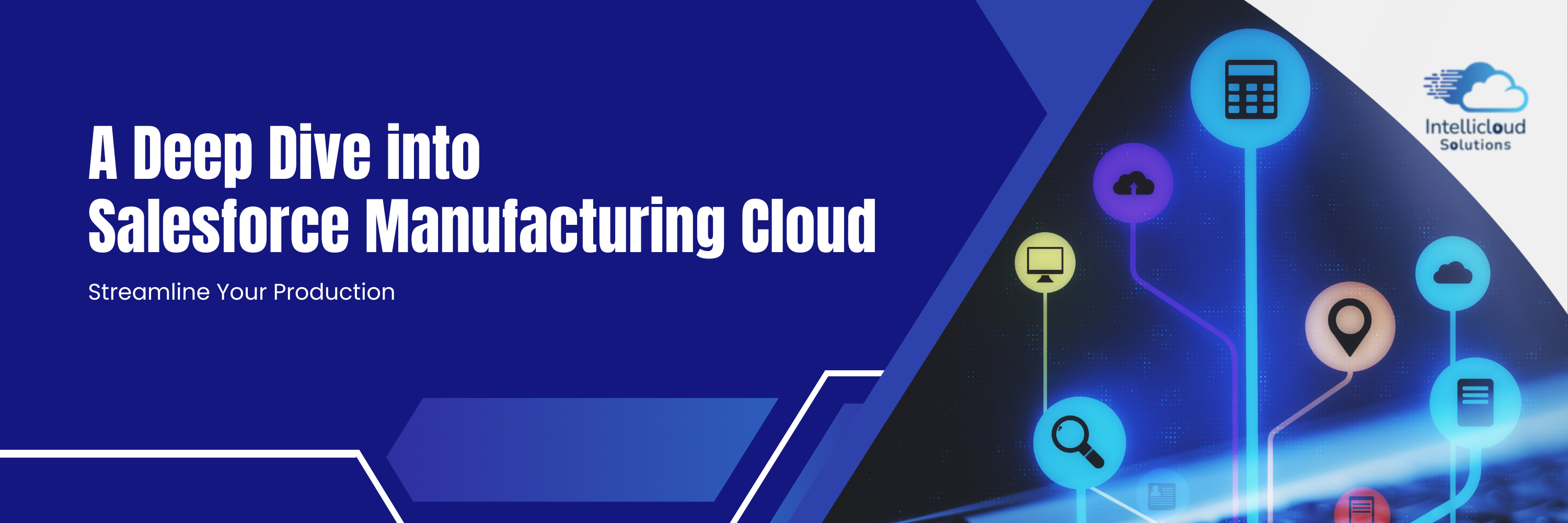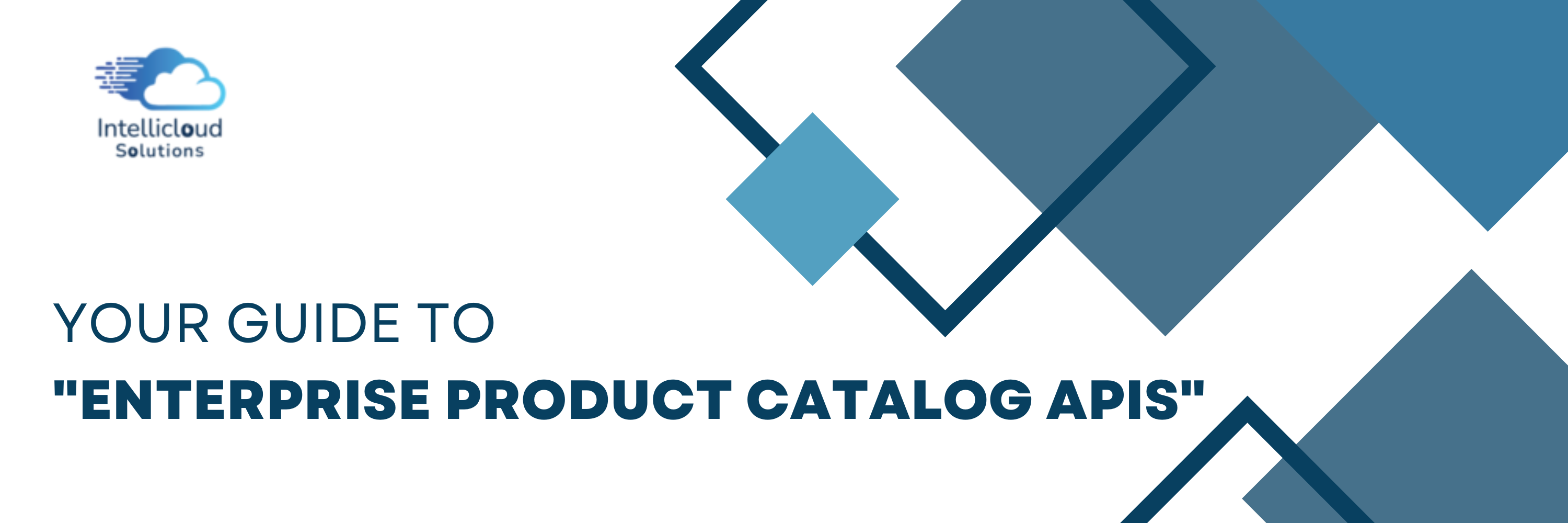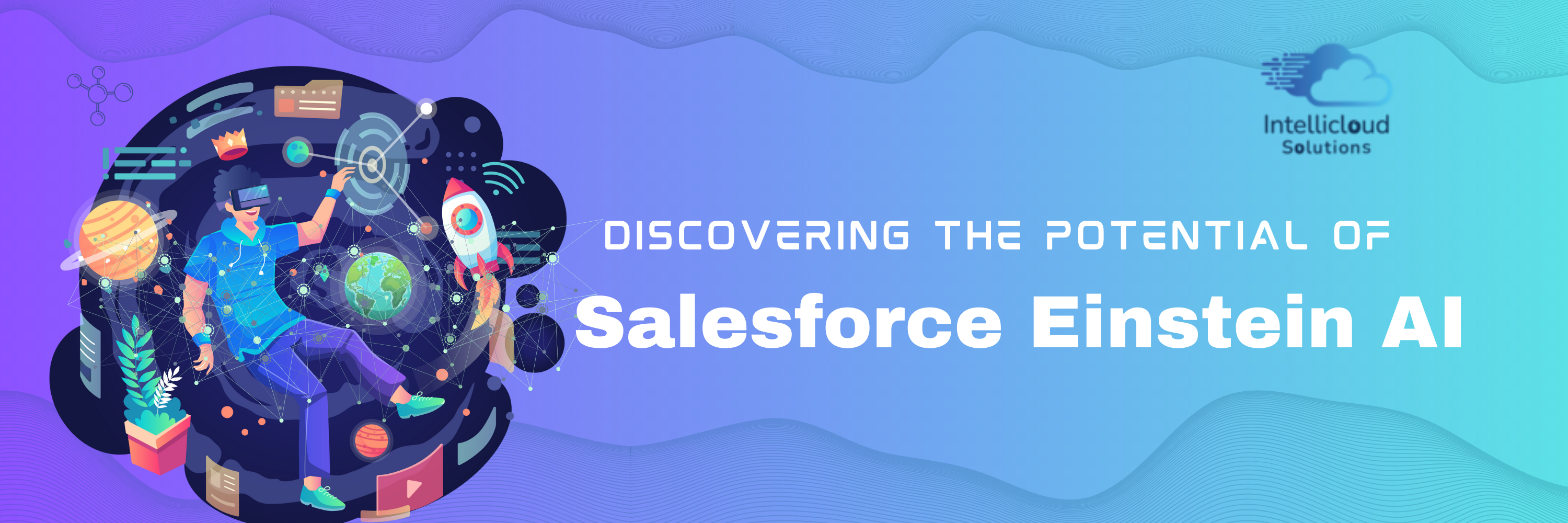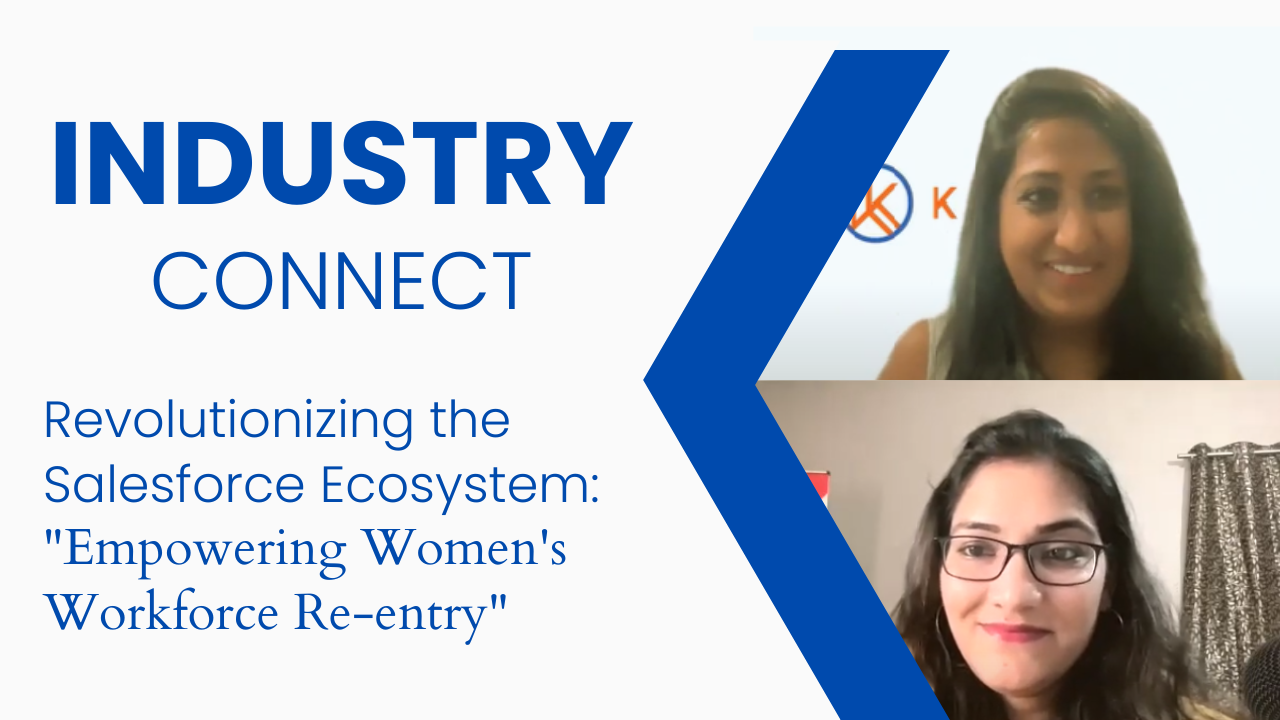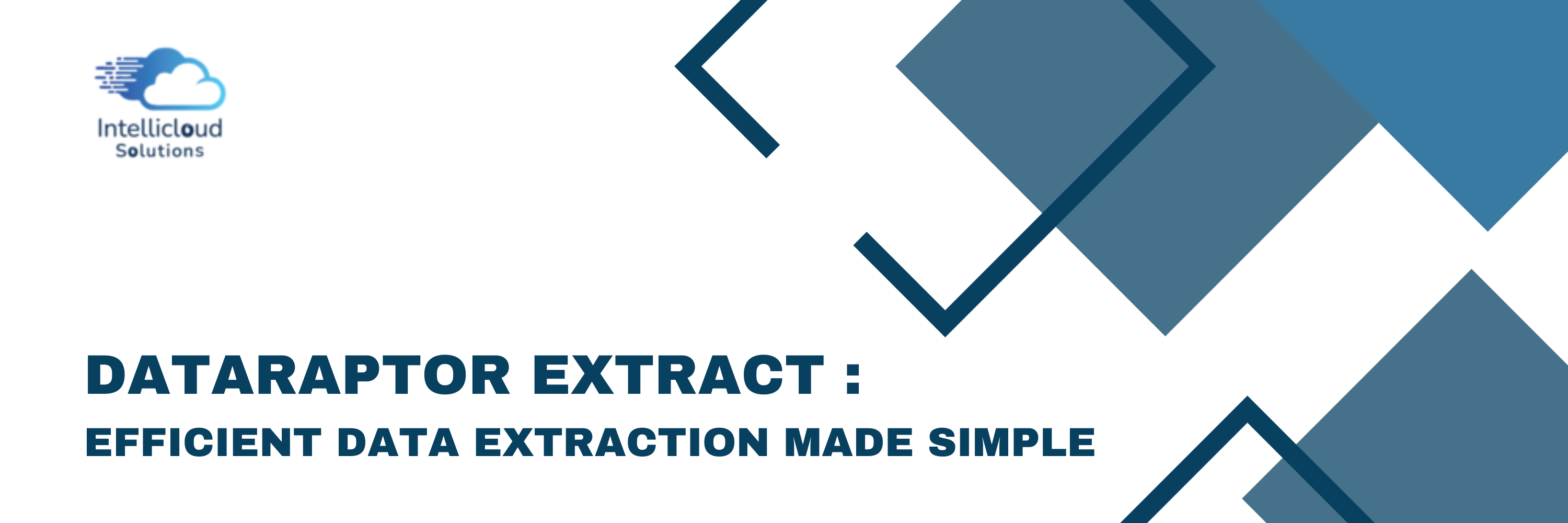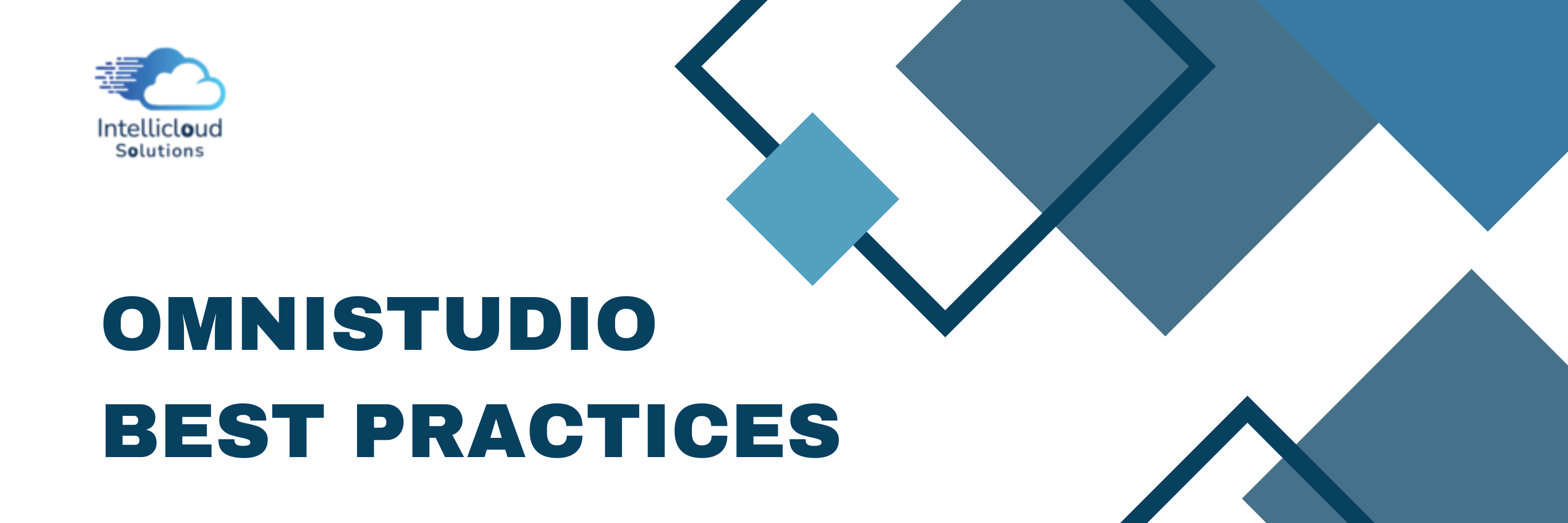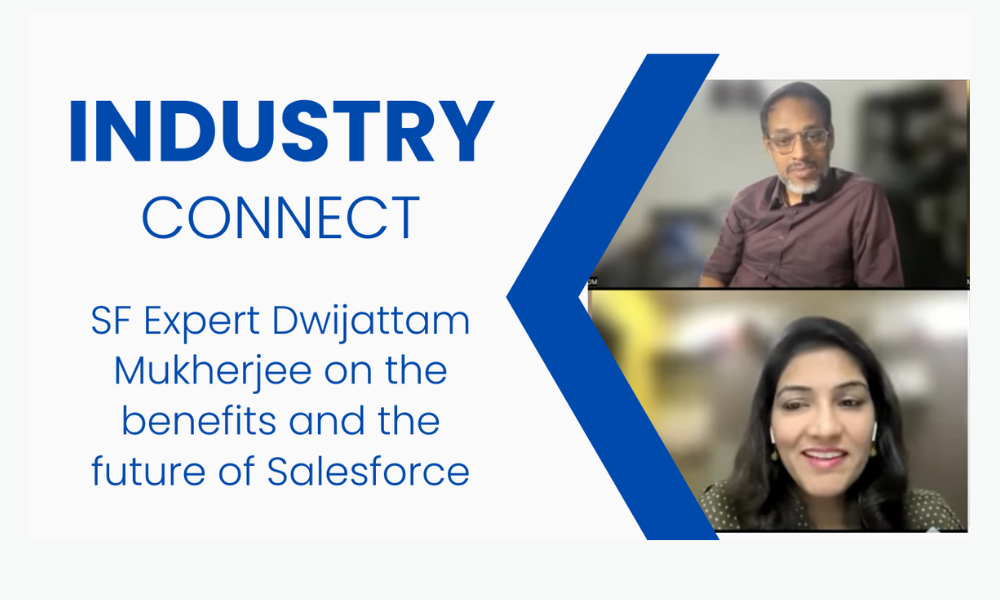In today’s fast-paced digital landscape, enterprises rely on applications that can handle large volumes of data and transactions in real-time. Low-latency enterprise applications are essential for industries like finance, e-commerce, healthcare, and telecommunications, where split-second decisions and interactions can have a major impact.
At Intellicloud Solutions, we understand that building low-latency applications requires a combination of optimised architecture, efficient programming, and cutting-edge technology. Here's a deep dive into what it takes:
1. Optimised Application Architecture
A strong foundation is key to achieving low latency. We focus on:
- Microservices Architecture: Breaking down large applications into smaller, independent services reduces complexity and enables parallel processing, which minimises response time.
- Event-Driven Architecture: Designing systems to react to real-time events rather than relying on traditional request-response models allows for faster processing.
- In-Memory Data Processing: Reducing dependency on disk-based data storage by leveraging in-memory databases like Apache Ignite, Redis, or Memcached can significantly improve speed.
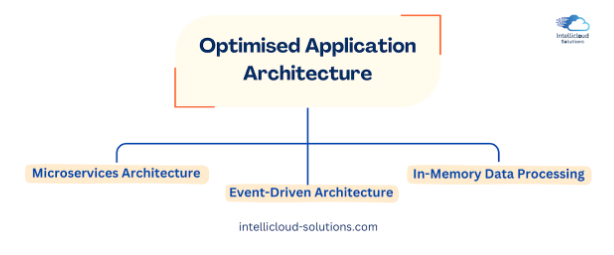
2. Efficient Data Handling and Storage
Data access and storage are often the bottleneck in application performance. We use techniques such as:
- Database Optimization: Properly indexing databases, partitioning tables, and using optimised queries can greatly reduce data retrieval times.
- Caching Mechanisms: Caching frequently accessed data in memory ensures quicker access, eliminating the need for repeated queries to a slower database.
- Asynchronous Processing: Offloading non-essential tasks to run asynchronously reduces user-facing latency, ensuring the critical processes happen without delay.
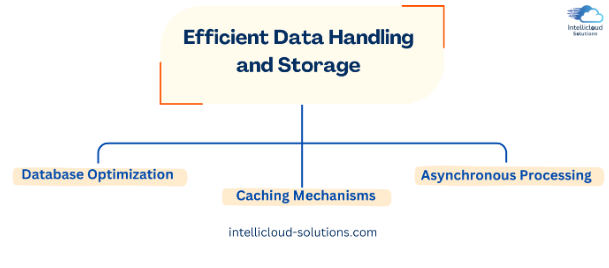
3. Network Optimization
The network layer is critical for real-time applications. Intellicloud Solutions implements:
- Minimising Round-Trip Times (RTT): By deploying applications closer to users through Content Delivery Networks (CDNs) and Edge Computing, we reduce the time data needs to travel across the network.
- Load Balancing: Distributing traffic across multiple servers not only improves reliability but also ensures the system responds efficiently during peak usage.
- Protocol Optimization: Using faster and more efficient protocols.
- High Performance NIC Selection: Choosing the right NIC is the first step toward achieving low-latency network performance. High-performance NICs, such as 10GbE (Gigabit Ethernet) or 25GbE cards, provide faster data transfer rates and lower latency compared to standard NICs.
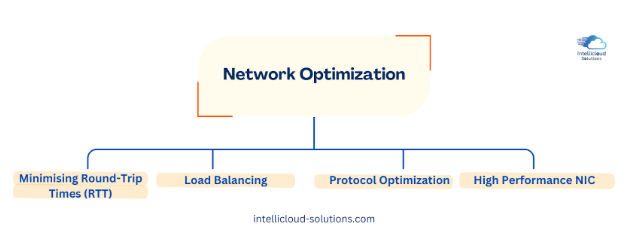
4. Scalable Cloud Infrastructure
A key component of low-latency applications is the infrastructure:
- Auto-Scaling: Automatically adjusting server resources to meet demand ensures there is no performance drop during traffic spikes.
- Containerization: Technologies like Docker and Kubernetes enable consistent, scalable environments for applications, reducing overhead and response time.
- Hybrid Cloud Solutions: Leveraging both public and private cloud environments enables the application to run efficiently, based on specific workload needs.
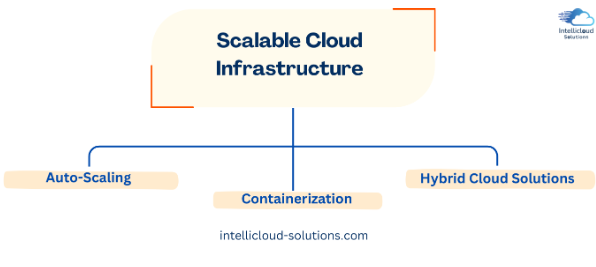
5. Advanced Load and Performance Testing
We employ rigorous testing methods to ensure enterprise applications can handle real-time demands:
- Stress Testing: Simulating high loads and traffic spikes to ensure the application remains responsive.
- Latency Monitoring: Constantly measuring response times to identify and resolve performance bottlenecks before they impact end-users.
- Continuous Optimization: Analysing performance data to make adjustments to infrastructure, code, or configuration for ongoing performance improvements.
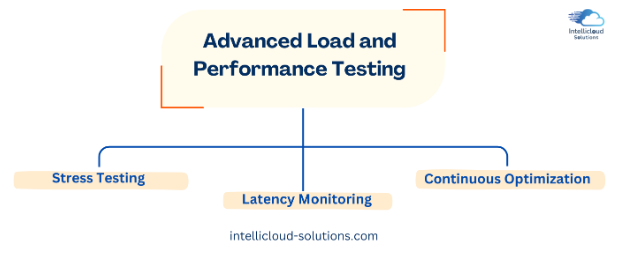
6. Efficient Code and Algorithm Design
Fast applications start with efficient code. We follow best practices like:
- Optimised Algorithms: Choosing the right algorithms for data processing, searching, and sorting can cut down on computational overhead.
- Concurrency and Parallelism: Utilising multi-threading and parallel processing allows the application to handle multiple requests simultaneously without lag.
- Garbage Collection Tuning: For languages like Java, tuning garbage collection can prevent unnecessary pauses in execution and reduce latency.
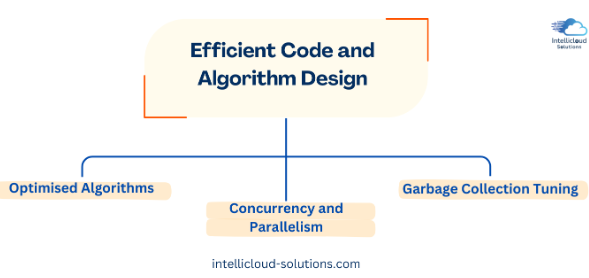
7. Monitoring and Observability
Maintaining low latency requires constant vigilance. We use tools that provide:
- Real-Time Monitoring: Continuous visibility into application performance and network latency allows for proactive adjustments.
- Root Cause Analysis: Quickly identifying and resolving the underlying cause of latency issues to maintain optimal performance.
- Predictive Analytics: Using machine learning to forecast performance issues before they occur, ensuring the system is always responsive.
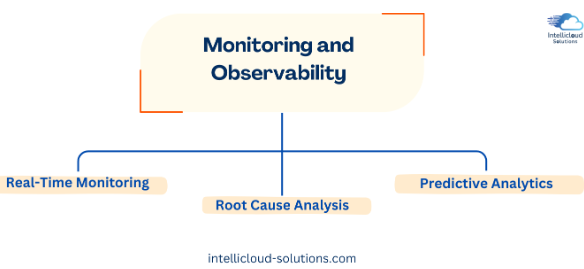
Intellicloud Solutions Expertise
Building a low-latency enterprise application is not just about speed; it's about delivering consistent, real-time performance while scaling and securing the system for the future.
At Intellicloud Solutions, we leverage a combination of robust architecture, efficient coding practices, and state-of-the-art infrastructure to ensure that our enterprise applications are built to meet the demanding needs of today’s fast-moving businesses.
Explore our insights on what it takes to build a low-latency enterprise application. Connect with us to discover how we can help you create fast, reliable solutions tailored to your business needs.
To learn more about our previous projects and capabilities, we invite you to explore our profile and connect with us. Let us assist you elevate your business with innovative software solutions.



